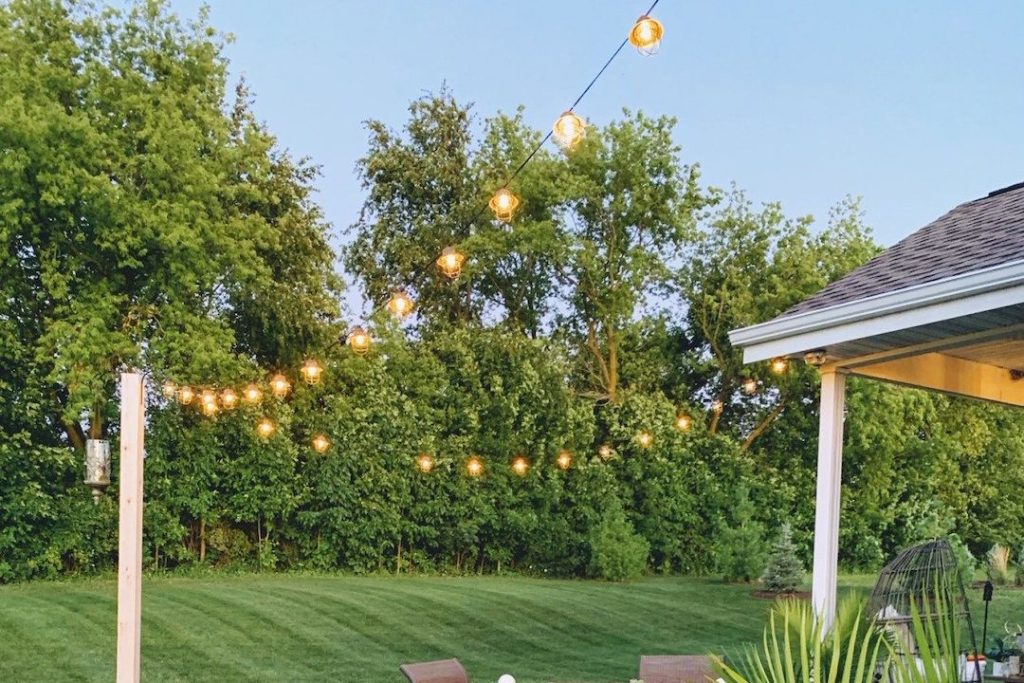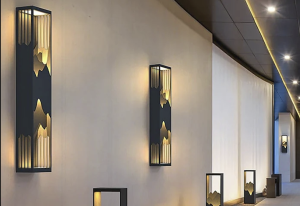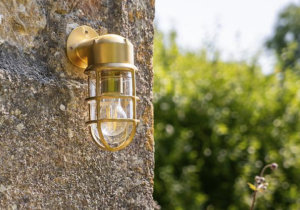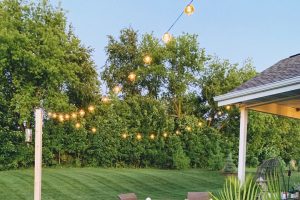Creative Park Illumination: Industrial Outdoor Spotlight

Creative park illumination has emerged as a vital aspect of urban design, transforming public spaces into vibrant, inviting environments that extend their usability beyond daylight hours. The integration of innovative lighting solutions not only enhances the aesthetic appeal of parks but also plays a crucial role in promoting safety and encouraging community engagement. As cities continue to grow and evolve, the need for well-lit outdoor spaces becomes increasingly important, allowing residents and visitors to enjoy parks in the evening and fostering a sense of belonging within the community.
The concept of creative illumination encompasses a wide range of lighting techniques and technologies, from traditional lampposts to modern LED installations that can change colors and patterns. This versatility allows for the creation of unique atmospheres tailored to the specific character of each park. For instance, a botanical garden may utilize soft, warm lighting to highlight its flora, while an urban park might employ dynamic light displays to attract younger audiences.
By thoughtfully considering the role of lighting in park design, municipalities can create spaces that are not only functional but also visually captivating.
Benefits of Industrial Outdoor Spotlights
Durability in Harsh Weather Conditions
One of the primary benefits of industrial outdoor spotlights is their durability and resilience against harsh weather conditions. Constructed from robust materials such as aluminum or stainless steel, these fixtures are designed to withstand rain, snow, and extreme temperatures, ensuring long-lasting performance.
Cost Savings through Low Maintenance
This durability translates into lower maintenance costs over time, as fewer replacements or repairs are needed compared to less robust lighting options.
Energy Efficiency and Sustainability
Another significant advantage of industrial outdoor spotlights is their energy efficiency. Many modern spotlights Simiglighting utilize LED technology, which consumes significantly less energy than traditional incandescent or halogen bulbs. This not only reduces electricity costs for municipalities but also aligns with sustainability goals by minimizing the carbon footprint associated with park lighting. Additionally, the longevity of LED bulbs—often lasting up to 25,000 hours—means that they require less frequent replacement, further contributing to cost savings and environmental benefits.
Choosing the Right Industrial Outdoor Spotlight for Your Park
Selecting the appropriate industrial outdoor spotlight for a park involves careful consideration of several factors, including the specific lighting needs of the space, the desired aesthetic effect, and budget constraints. One critical aspect is determining the brightness level required for different areas within the park. For instance, pathways and entrances may necessitate brighter lighting for safety and visibility, while picnic areas or gardens might benefit from softer illumination that creates a more relaxed atmosphere.
In addition to brightness, the beam angle of the spotlight is another essential consideration. A narrow beam angle can be effective for highlighting specific features such as sculptures or trees, while a wider beam angle may be more suitable for general area lighting. Furthermore, it is important to consider the color temperature of the lights; warmer tones can create a welcoming ambiance, while cooler tones may lend a more modern or energetic feel.
By evaluating these factors in conjunction with the park’s overall design and purpose, planners can select spotlights that enhance both functionality and aesthetics.
Designing a Creative Lighting Plan for Your Park
A well-thought-out lighting plan is crucial for maximizing the impact of illumination in a park setting. This plan should begin with a comprehensive assessment of the park’s layout, identifying key areas that require lighting and determining how best to highlight them. For example, pathways should be illuminated to ensure safe navigation after dark, while focal points such as playgrounds or water features can be accentuated with creative lighting techniques that draw attention and enhance their visual appeal.
Incorporating various lighting styles can also add depth and interest to the overall design. Layering different types of lights—such as ambient lighting for general illumination, task lighting for specific activities, and accent lighting for decorative purposes—can create a dynamic environment that evolves throughout the evening. Additionally, integrating smart lighting technology allows for programmable features that can adjust brightness levels or colors based on time or events, further enhancing the park’s versatility and user experience.
Installation and Maintenance of Industrial Outdoor Spotlights
The installation process for industrial outdoor spotlights requires careful planning and execution to ensure optimal performance and safety. It is essential to engage qualified professionals who understand local regulations and best practices for outdoor lighting installation. This includes assessing electrical requirements, ensuring proper placement to avoid light pollution or glare, and adhering to safety standards that protect both users and wildlife.
Once installed, ongoing maintenance is crucial to keep the lighting system functioning effectively. Regular inspections should be conducted to check for any signs of wear or damage, particularly after severe weather events. Cleaning fixtures periodically helps maintain their brightness and efficiency by removing dirt or debris that may accumulate over time.
Additionally, establishing a routine schedule for replacing bulbs—especially in systems using traditional lighting—can prevent unexpected outages and ensure that the park remains well-lit during evening hours.
Enhancing Park Safety with Industrial Outdoor Spotlights
Enhancing Visibility and Security
Industrial outdoor spotlights can illuminate dark corners, pathways, and entrances, creating an environment where users feel secure while enjoying recreational activities after sunset.
Guiding Visitors Safely
Strategic placement of spotlights can help guide visitors through the park safely. By illuminating pathways and signage clearly, users can navigate the space without fear of tripping or getting lost. This is particularly important in larger parks where distances between attractions may be significant.
Advanced Safety Features
Additionally, incorporating motion sensors into the lighting system can further enhance safety by activating lights when movement is detected, providing an extra layer of security during quieter hours.
Showcasing Park Features with Creative Lighting
Creative illumination not only serves functional purposes but also provides an opportunity to showcase unique features within a park. For instance, historical monuments or artistic installations can be highlighted with focused spotlights that draw attention to their details and significance. By using colored lights or dynamic effects, these features can be transformed into focal points that captivate visitors’ interest and encourage exploration.
Water features such as fountains or ponds can also benefit from creative lighting techniques. Underwater lights can create mesmerizing reflections on the water’s surface while accentuating the movement of water itself. Similarly, trees can be illuminated from below or above to create dramatic silhouettes against the night sky.
These artistic applications of light not only enhance the visual landscape but also contribute to a sense of wonder and discovery within the park.
Creating a Memorable Park Experience with Creative Illumination
Ultimately, the goal of implementing creative illumination in parks is to enrich the overall visitor experience. Thoughtfully designed lighting can transform an ordinary park into an extraordinary destination that invites people to linger longer and engage more deeply with their surroundings. Events such as outdoor concerts or movie nights can be enhanced with appropriate lighting setups that create an inviting atmosphere while ensuring safety.
Moreover, seasonal changes can be celebrated through creative lighting displays that reflect holidays or local traditions. For example, string lights may adorn trees during winter festivities, while colorful projections could celebrate cultural events throughout the year. By continually evolving the lighting experience within parks, municipalities can foster community pride and encourage residents to take ownership of their public spaces.
In conclusion, creative park illumination is an essential component of modern urban design that enhances safety, aesthetics, and community engagement. By leveraging industrial outdoor spotlights effectively, cities can create vibrant public spaces that invite exploration and enjoyment long after sunset.





